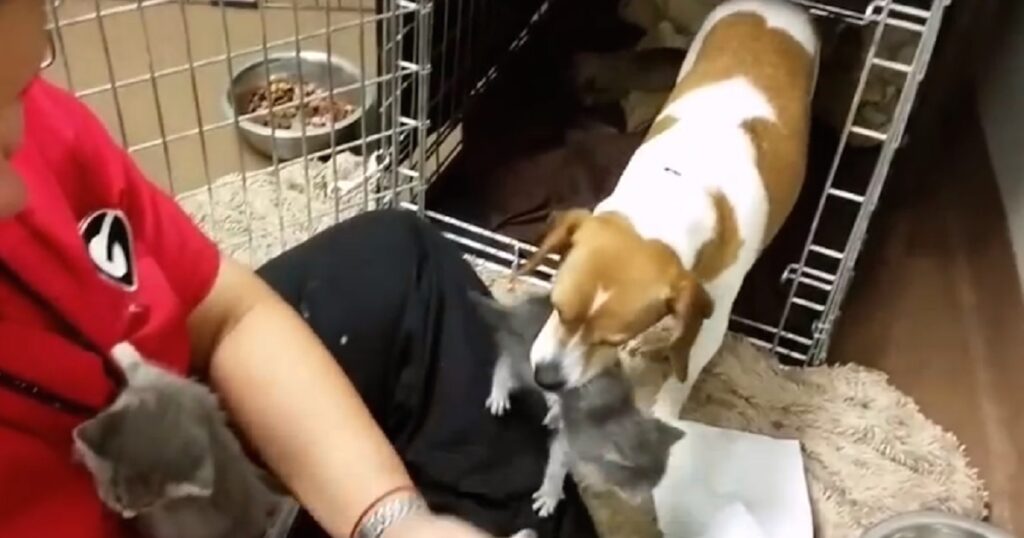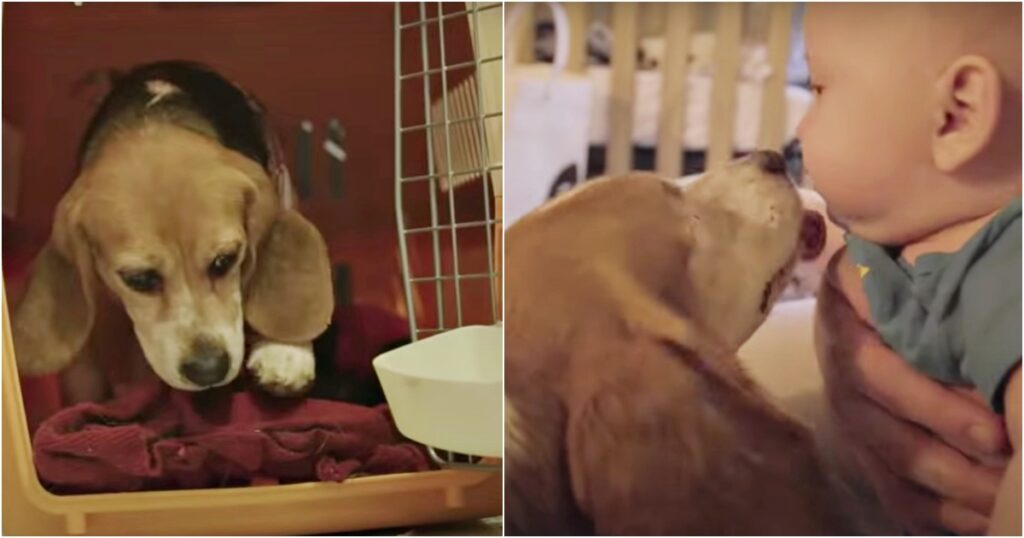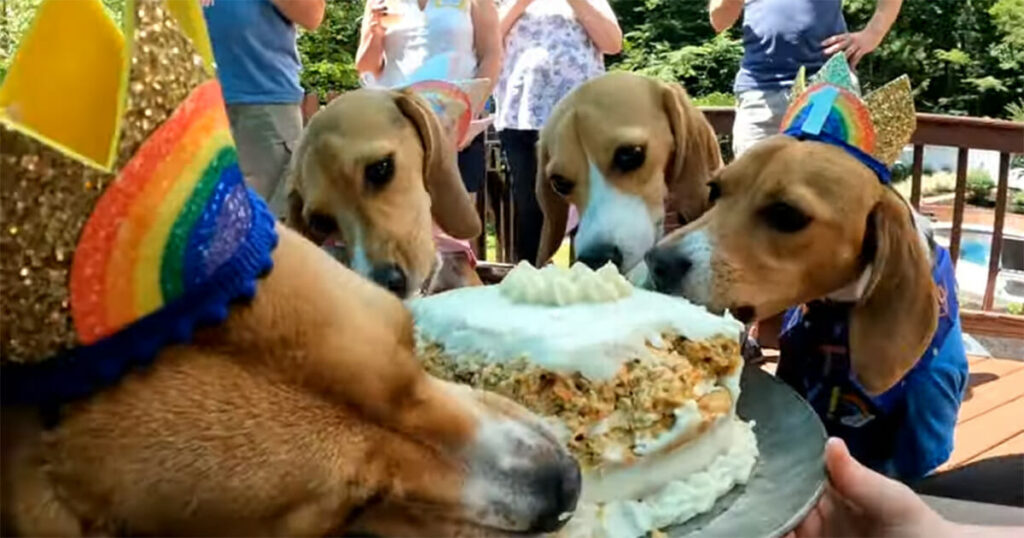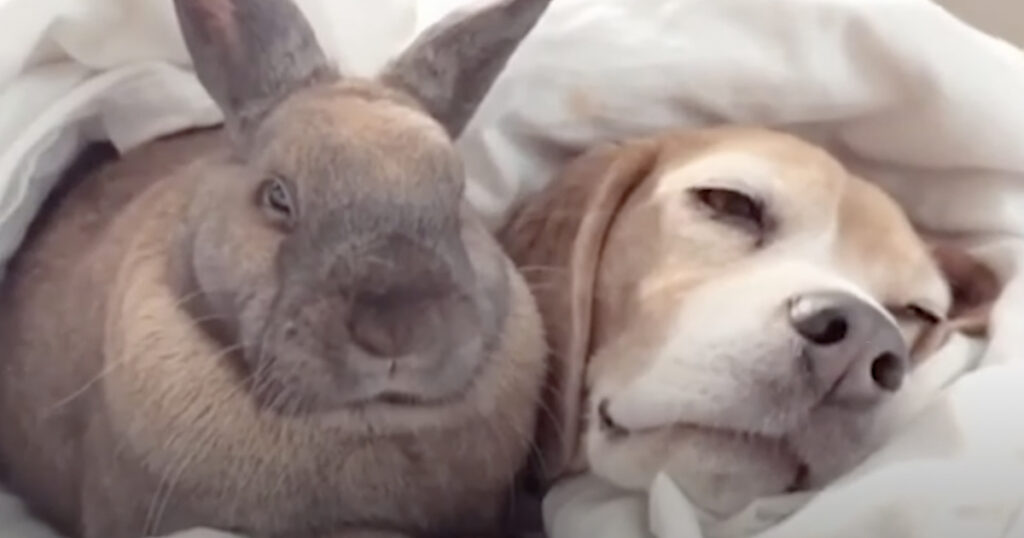The tale of Kale Chips, the chubby Beagle, is a heart-wrenching one. This eight-year-old pup was constantly overfed, leading to obesity and immense discomfort. His mobility was greatly hindered, but fortunately, fate had other plans for him.
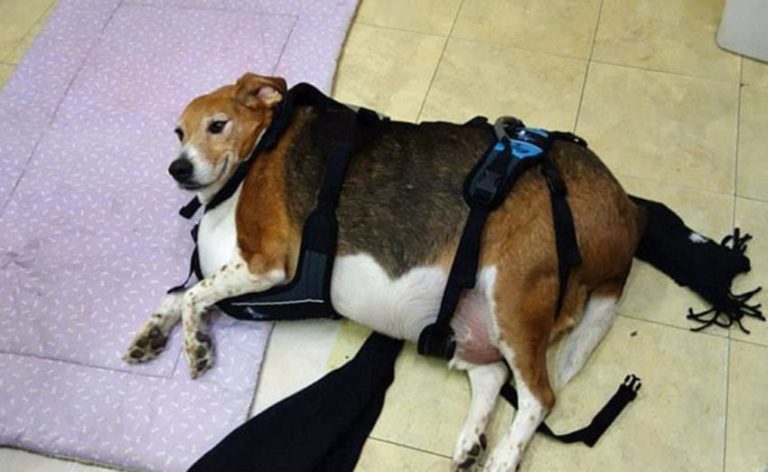
Original:
Happy Dog Barkery
Paraphrased:
The fluffy pup tipped the scales at 86 pounds and found it challenging to lead a typical doggy lifestyle.
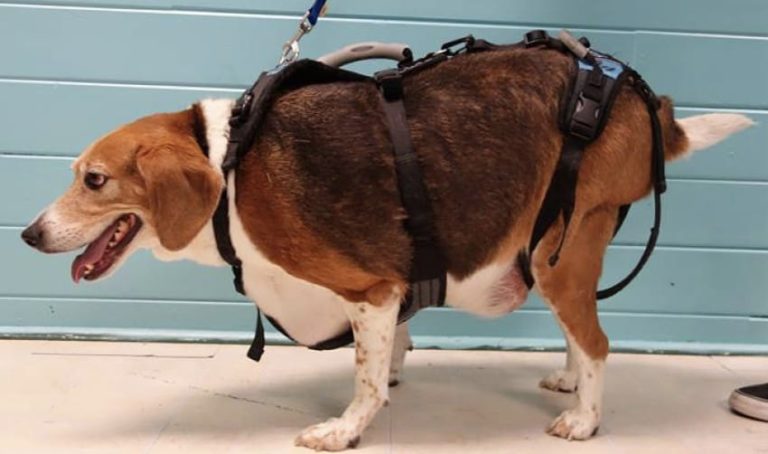
The situation leading to this was quite unfortunate: the Beagle’s owner had memory issues and unintentionally overfed him as a result.
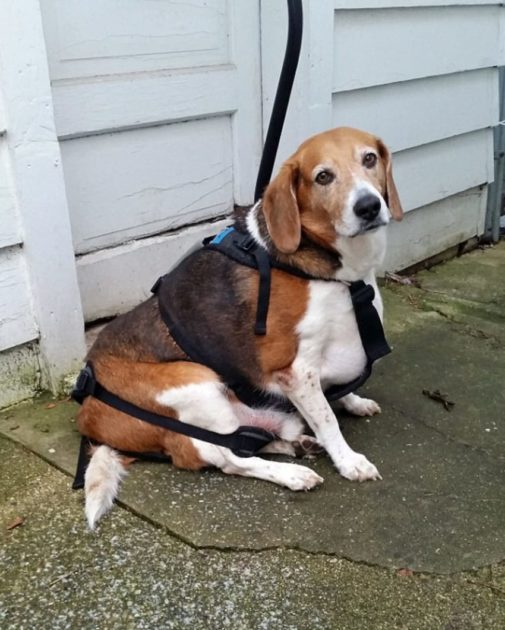
When Kale Chips was welcomed into a foster family at Happy Dog Barkery, the aim was to help him recover and improve his life.
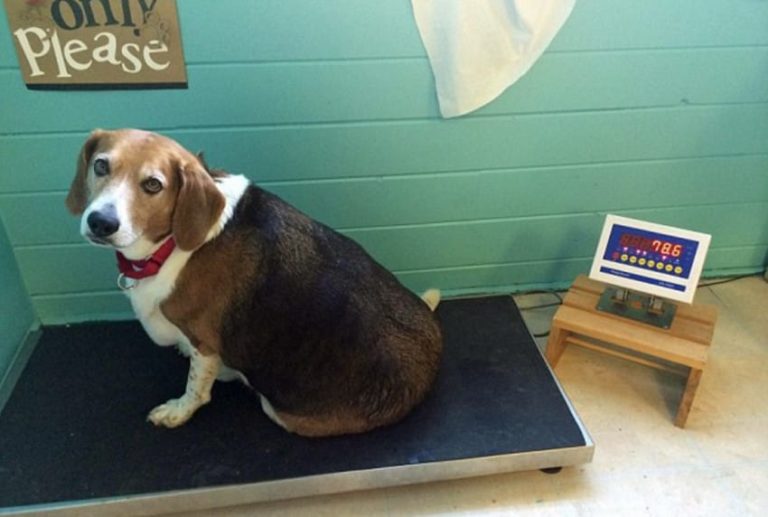
Happy Dog Barkery reported that through sticking to a disciplined meal plan and committing to a consistent exercise regimen, he was able to shed half of his body weight successfully.
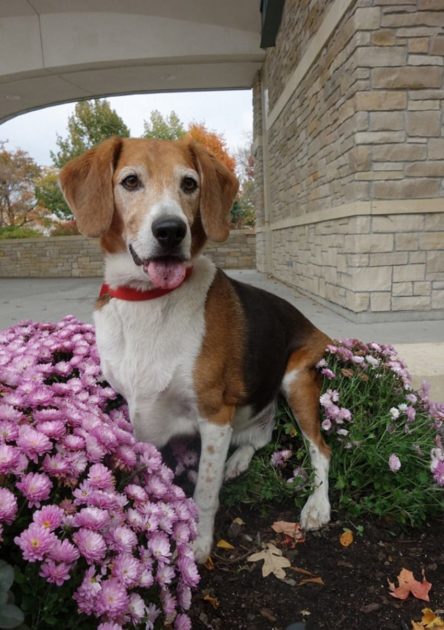
Source: The cheerful pup, Kale Chips, successfully reached his target weight of 44 pounds! Now he can enjoy a healthy and active doggy lifestyle.
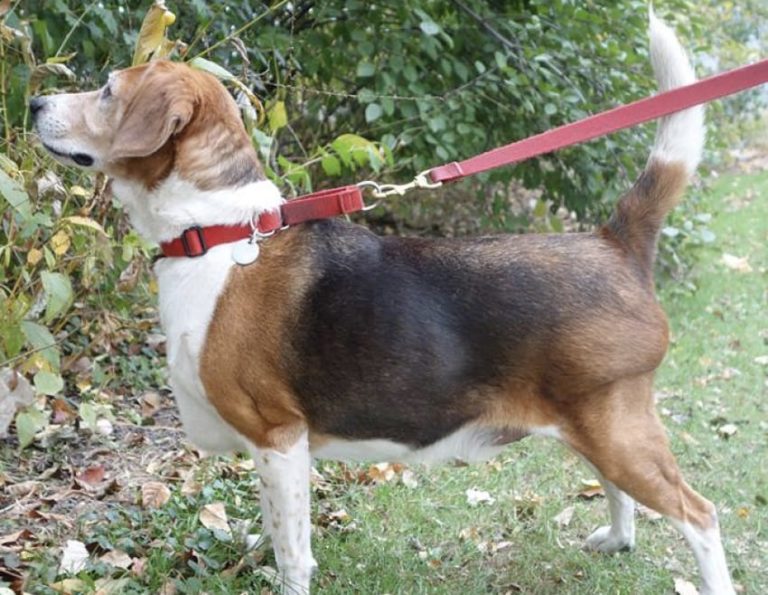
Source: The transformation in Kale Chips’ appearance is truly astonishing since starting at the Happy Dog Barkery.
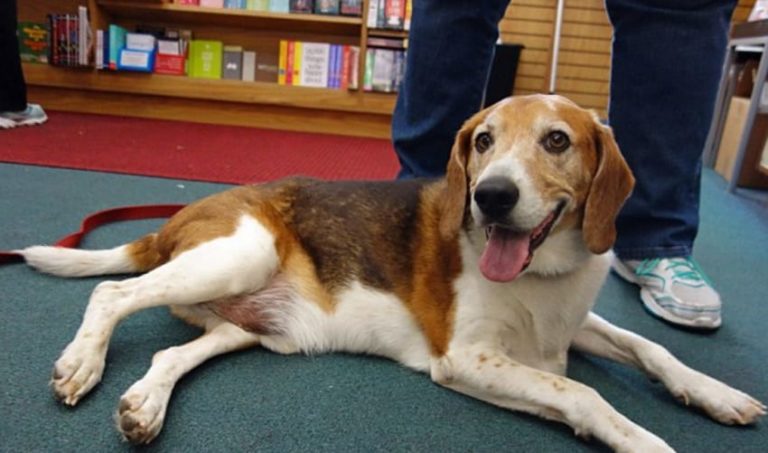
Happy Dog Barkery recently shared the heartwarming news that Kale Chips, the dog who underwent a life-changing transformation with the help of a loving foster family, would be staying with them permanently. What a perfect ending to his story! 🙂 Don’t forget to share this heartwarming tale with your friends and family.
Before you go, make sure to read our other Top Trending Stories, including the touching tale of a man who decides not to return a shelter dog after reading a note from its previous owner.
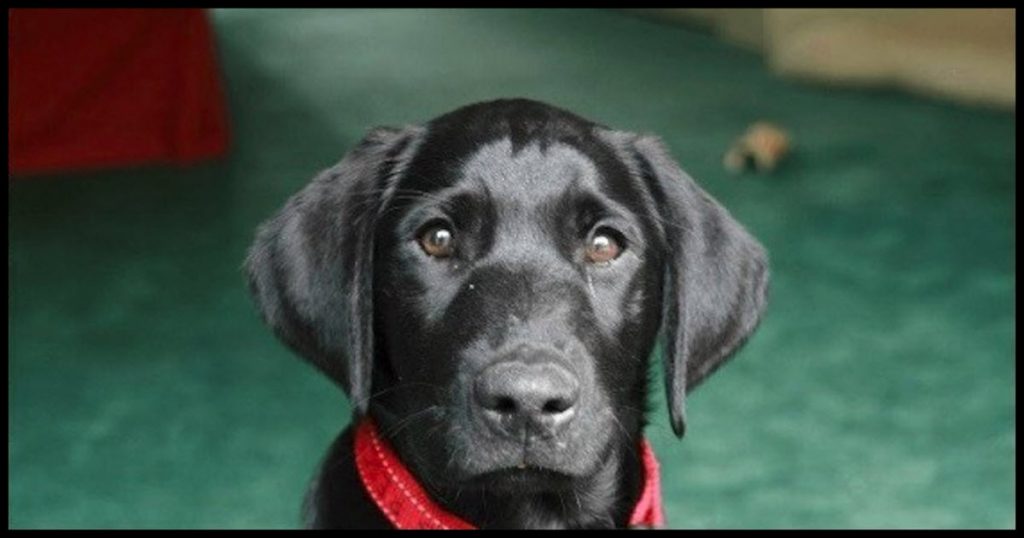
After settling into his new town, a man felt like there was still something missing in his life. He decided to adopt a shelter dog in hopes of finding companionship. He found a black Lab named Reggie at the shelter, but their connection didn’t click immediately. Despite giving it two weeks for Reggie to settle in, the man and the dog just couldn’t seem to bond. Maybe they were both dealing with adjusting to new situations, or perhaps they were just too alike. However, as the man went through Reggie’s belongings, he stumbled upon a letter left by the previous owner. Little did he know, that letter would have a profound impact on both their lives.




This heartwarming story is truly touching as Tank and his new owner embark on a beautiful journey together. If you’ve come this far, be sure to check out this wonderful video clip. It’s guaranteed to tug at your heartstrings! Enjoy the video here: [link].
Additionally, learn all about how to handle reverse sneezing in dogs and what steps to take in such situations.
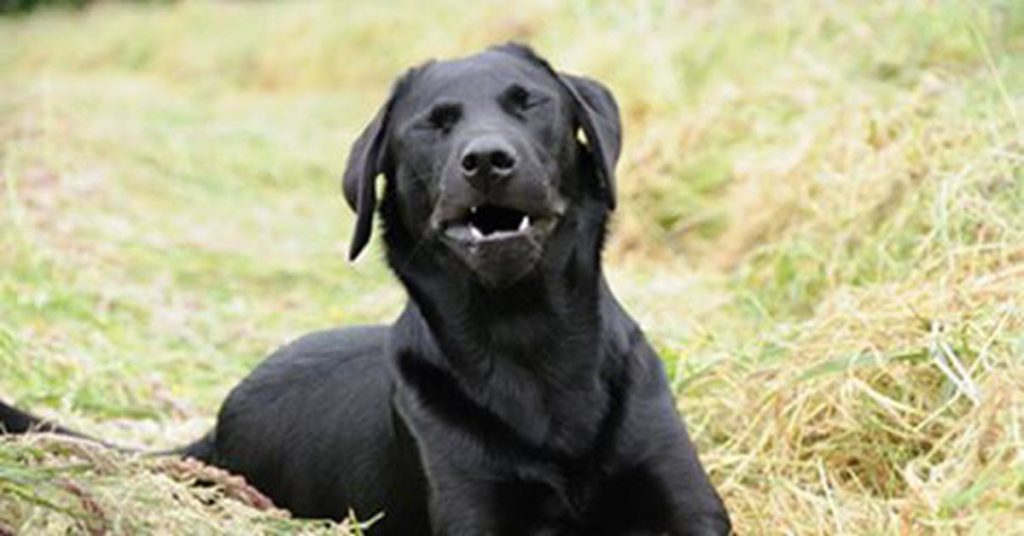
Have you ever heard your dog making loud snorting sounds out of the blue? You might start panicking, thinking they swallowed something or can’t breathe properly. Chances are, your dog is experiencing a reverse sneeze.
Reverse sneezing is a common respiratory event in dogs that can be mistaken for a more serious issue. It often looks scary as dogs stand with their elbows apart, head pulled back, and eyes bulging while snorting or gasping repeatedly. However, in most cases, a trip to the vet is unnecessary.
Reverse sneezing is essentially a sneeze that happens in reverse. Instead of air being pushed out through the nose like in a regular sneeze, it is rapidly pulled in through the nose, creating sounds like snorting, snuffling, and gagging. These spasms can last from a few seconds to a minute, but they are usually harmless.
Despite the alarming sounds, a reverse sneeze is almost as normal and harmless as a regular sneeze. It’s essential to understand the difference between a reverse sneeze and a more serious issue to avoid unnecessary worry.
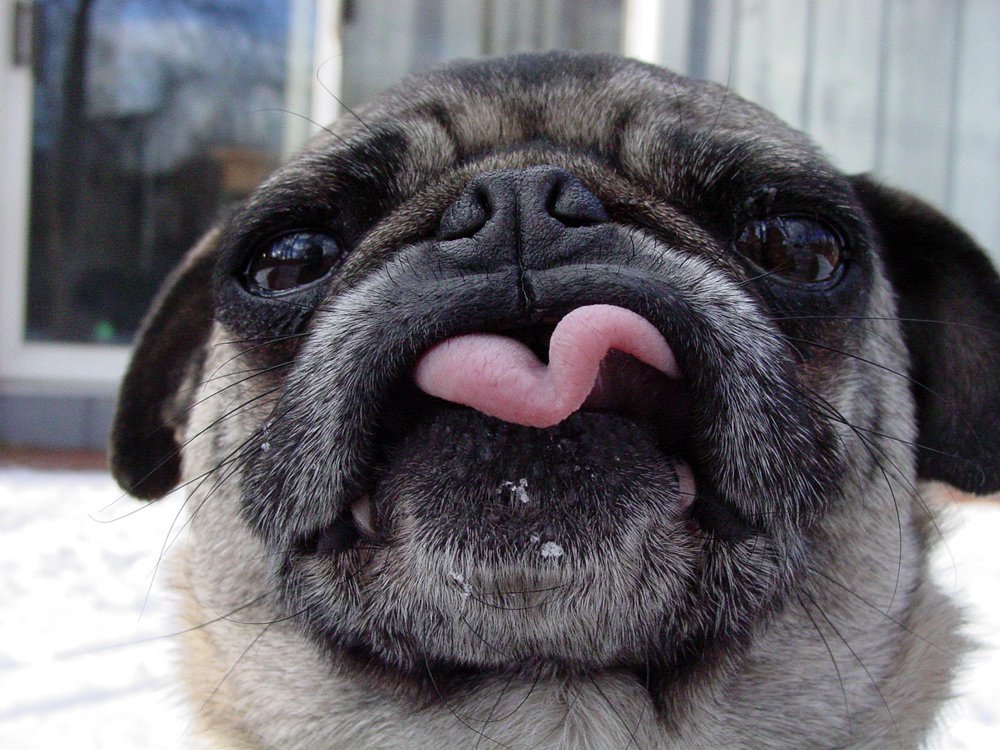
Via Flickr user Fleur-Design, reverse sneezing in dogs can be caused by various factors, such as irritants in the nose, throat, or sinuses. It commonly occurs after waking up from a nap or eating when their breathing changes suddenly. Seasonal allergies can also play a role, with pollen and allergens in the air triggering more episodes in spring.
Pressure on the throat and neck, like from a tight collar or leash, can lead to reverse sneezing as well. For certain breeds, like pugs and bulldogs, overexcitement or exercise can cause their elongated soft palates to be sucked into the throat, bringing on a bout of reverse sneezing.
To help stop a reverse sneezing episode, gently massaging your dog’s throat or softly blowing in their face can provide relief. It’s important to remain calm and reassure your furry friend while they’re experiencing this strange phenomenon.
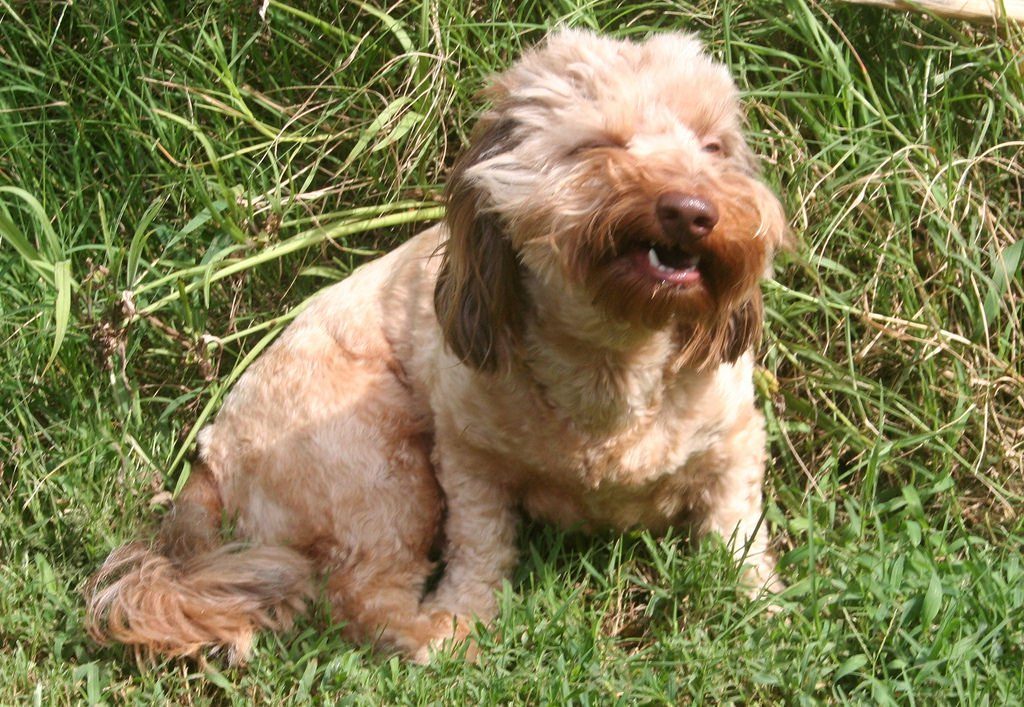
Reverse sneezing is a common occurrence in dogs and is generally harmless. However, some dogs may become anxious during an episode, and prolonged episodes can be uncomfortable for them.
To help your dog during a reverse sneezing episode, it is important to remain calm. Your dog can sense your anxiety, which may increase their own. Therefore, try to stay relaxed and reassure your dog that everything is okay.
There are a few methods you can try to ease or stop a lengthy episode of reverse sneezing, such as massaging your dog’s throat, briefly covering their nostrils to make them swallow, or gently depressing their tongue to open their airways. Some vets even recommend gently blowing in your dog’s face.
In most cases, there is no need for intervention as reverse sneezing typically does not last long and your dog will return to normal once it ends.
However, if episodes of reverse sneezing become more frequent or prolonged, it may be a good idea to consult your vet. Additionally, if your dog experiences other respiratory symptoms or unusual nasal discharge along with reverse sneezing, seeking veterinary advice is recommended.
Chronic reverse sneezing can sometimes indicate more serious underlying issues like nasal mites, respiratory infections, or tracheal collapse. If you are concerned about the intensity of your dog’s reverse sneezing, consider taking a video to show your vet for further evaluation.
While reverse sneezing may sound alarming, it is usually a harmless and temporary reaction in dogs. Being aware of what reverse sneezing is can help you avoid making unnecessary trips to the vet.
To learn more about reverse sneezing in dogs and when to seek veterinary care, check out the link provided.
Additional tales:
Let’s delve into more narratives:
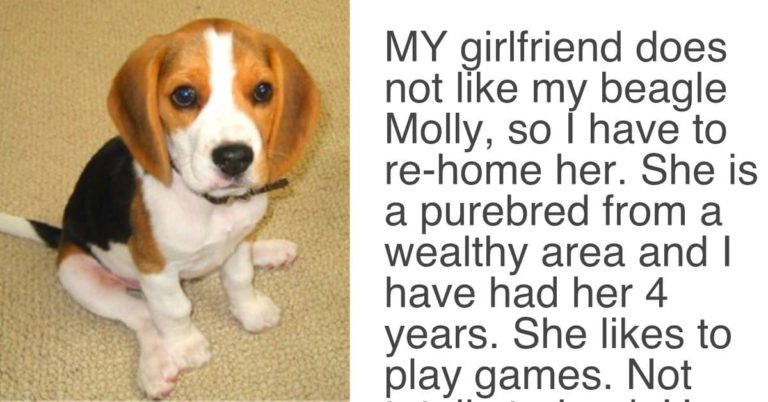
Girlfriend issues ultimatum to partner, insists on either getting rid of the dog or ending the relationship.
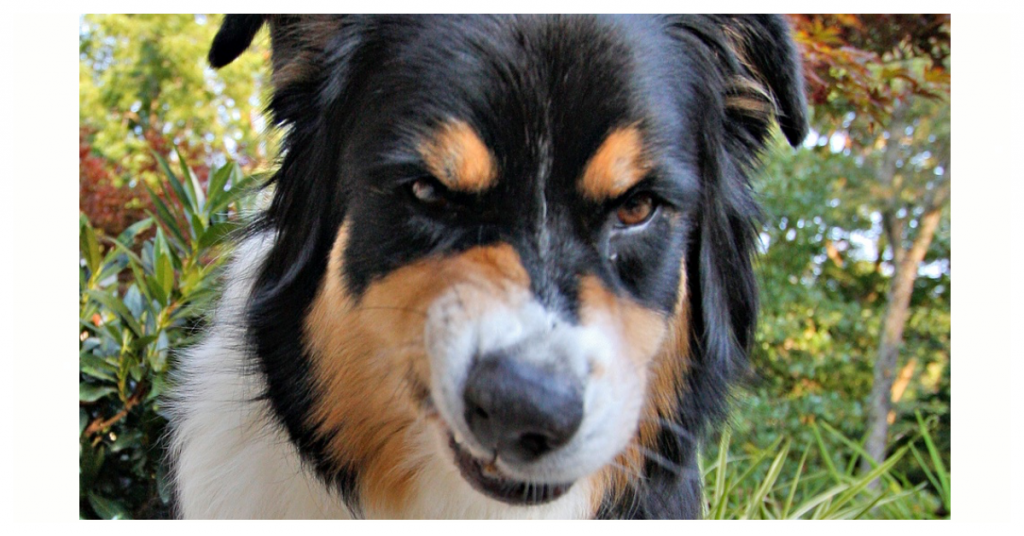
New scientific research has found that dogs have the ability to detect “bad people.”

